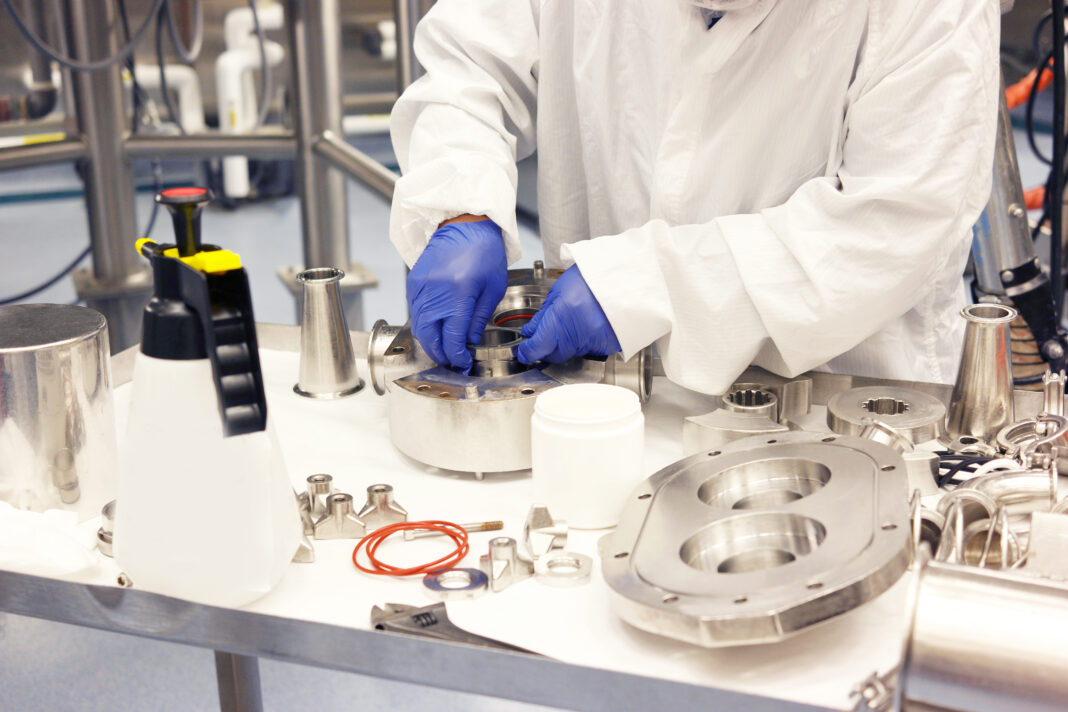Many experts in and around bioprocessing mention intensification these days, but what is it? According to Priyanka Gupta, head of market entry strategy at Sartorius Stedim Biotech, the term is “used loosely in industry today, and there are lots of ways that people intensify bioprocessing—or think they are. There is no standard for intensifying bioprocesses.”
In general, intensification in bioprocessing means increasing productivity. This can be done by changing one element of a bioprocessing workflow or developing an entirely new process, Gupta explains. But there’s more to intensification.
Beyond increasing productivity, Gupta notes that intensification can reduce cost, decrease a facility’s footprint, or add flexibility. “It can also be a combination of these factors,” Gupta says.
When asked how commonly these intensification methods are used today, Gupta replies, “We feel like it’s about 45% in clinical, and maybe 30 to 35% in late stage clinical and commercial bioprocessing, but it’s gaining momentum.”
To make the most of intensifying a bioprocess, devices from different vendors must sometimes communicate with as little intervention as possible. So, Gupta points out, “Automation is important.”
A thoughtful approach to intensification can also be more sustainable. For example, “perfusion processes can be used to reduce the number of steps in a workflow,” according to Gupta. In single-use methods that could reduce the number of plastic bags required in a process.
To really intensify bioprocessing, says Gupta, “a company must invest in people who understand the new processes or collaborate to get access to the needed skillsets.” She adds, “Find others in the field to talk about what’s needed to build a sustainable, intensified bioprocess.”


